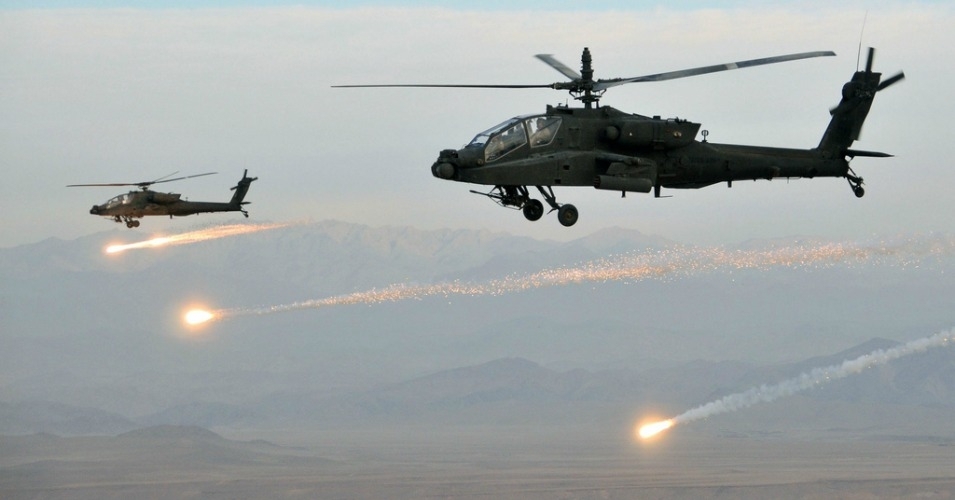New Snowden Documents Reveal Wider Net of NATO ‘Kill List’ Targets
By Andrea Germanos | Common Dreams

Reporting by Der Spiegel shows low-level suspected Taliban, drug traffickers targeted for killing
Newly revealed documents show that NATO’s “kill list” for Afghanistan operations included not just senior Taliban leaders but those suspected of being low- and mid-level operatives as well as drug traffickers, Der Spiegel has reported.
Some of the secret documents, which are from 2009 to 2011, are from the trove released by Edward Snowden, the German paper states.
“The documents show that the deadly missions were not just viewed as a last resort to prevent attacks, but were in fact part of everyday life in the guerrilla war in Afghanistan,” Der Spiegel reports.
As part of a strategy the White House called “escalate and exit” that started in 2009, NATO troops would start with a “cleansing” phase—killing insurgents. The paper cites Michael T. Flynn, the head of ISAF intelligence in Afghanistan, as saying during a briefing: “The only good Talib is a dead Talib.”
Among the documents cited and made publicly available by Der Spiegel is the Joint Prioritized Effects List (JPEL). It lists, with names redacted by the paper, 669 targets, their code names and one of four priority levels. The location for some of those on the list is across the border in Pakistan.
In contrast to claims made by the U.S. government regarding those targeted for assassination, one person who was put on the list in the summer of 2010 was an Afghan soldier named Hussein. Not a senior operational leader posing an imminent threat, Hussein was merely suspected of being part of an attack on ISAF forces, and his placement on the list was meant to use his death as a deterrent, the paper reports.
Der Spiegel reports that the search for the men on the list relied sometimes on only their cell phone signal, and that the NSA and its British counterpart, the GCHQ, maintained a list of these numbers. Voice recognition could be used to warrant an airstrike.
The paper quotes a secret British report from October 2010 as stating that the use of cell phone signals was “central to the success of operations.”
Risks of civilian casualties from strikes against those on the list were weighed, but seemed to be often accepted, and “civilian” only referred to women, children and elderly.
“The rule of thumb was that when there was estimated collateral damage of up to 10 civilians, the ISAF commander in Kabul was to decide whether the risk was justifiable,” Der Spiegel quotes an ISAF officer who worked with the lists for years as saying.
An example of civilian casualties caused by the hunt for those put on the list is given in another document cited by Der Spiegel, which reveals a botched missile strike at supposed mid-level operative Mullah Niaz Mohammed. It instead killed a boy and wounded his father.
The reporting also explains how the wide net of those targeted for assassination covered those deemed to be narcotics traffickers.
It cites an NSA document as saying insurgents “could not be defeated without disrupting the drug trade.” Drug traffickers’ names were added to the JPEL in October 2008.
This exposes a vicious death cycle. While the U.S.-led war purported to combat opium poppy cultivation, years of occupation have rendered record high cultivation levels.
As Matthieu Aikins exposes in a Rolling Stone article this month, Afghanistan: The Making of a Narco State, “the Afghan narcotics trade has gotten undeniably worse since the U.S.-led invasion,” and the U.S. has “all[ied] with many of the same people who turned the country into the world’s biggest source of heroin.”
The new reporting comes a day after the United States and NATO formally ended the 13-year combat mission in Afghanistan, though President Obama announced the extension of that war just a month ago. Thousands of troops are remaining, and, as the Los Angeles Times reports Monday, combat operations rules will allow continued U.S. airstrikes on the country.
This work is licensed under a Creative Commons Attribution-Share Alike 3.0 License
